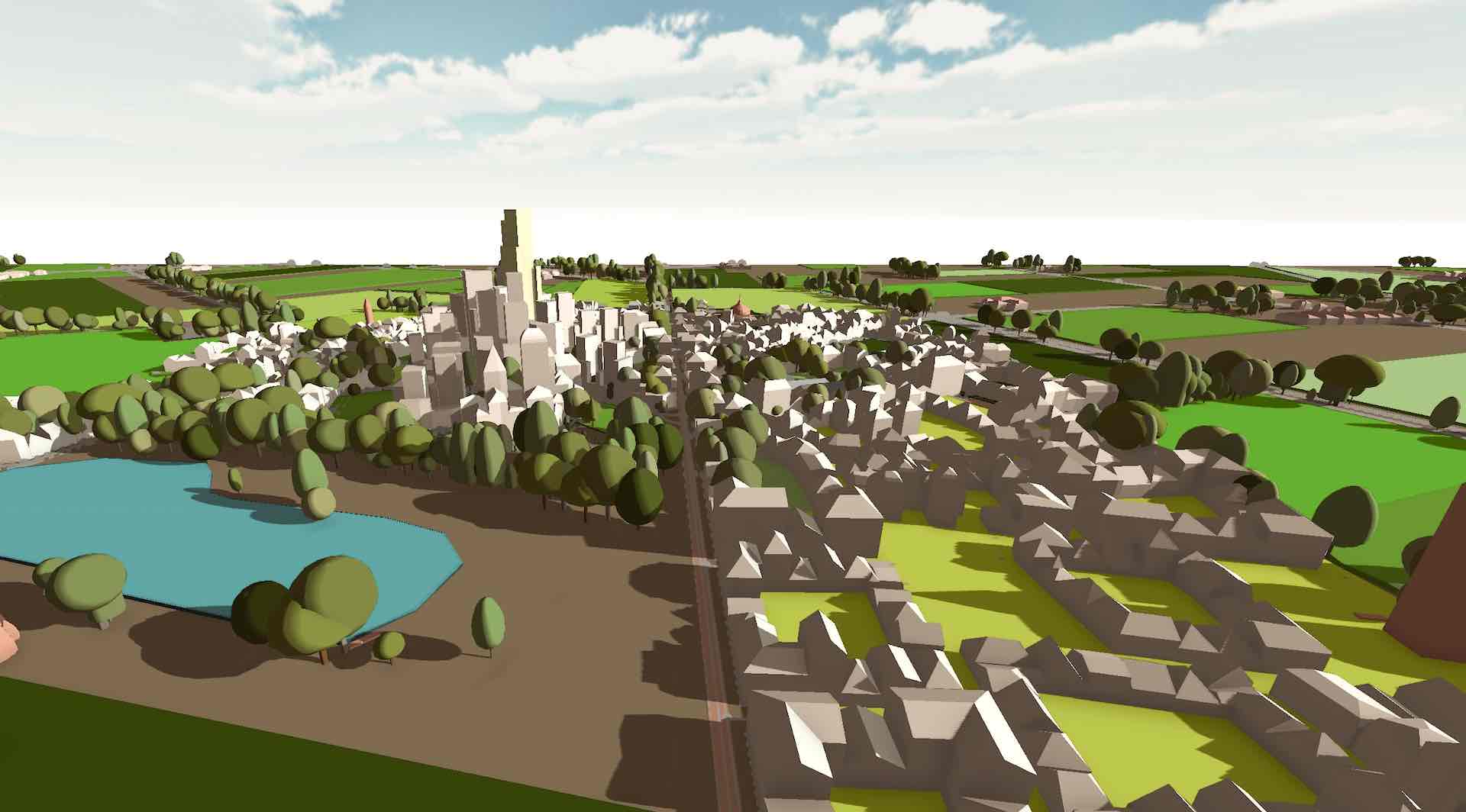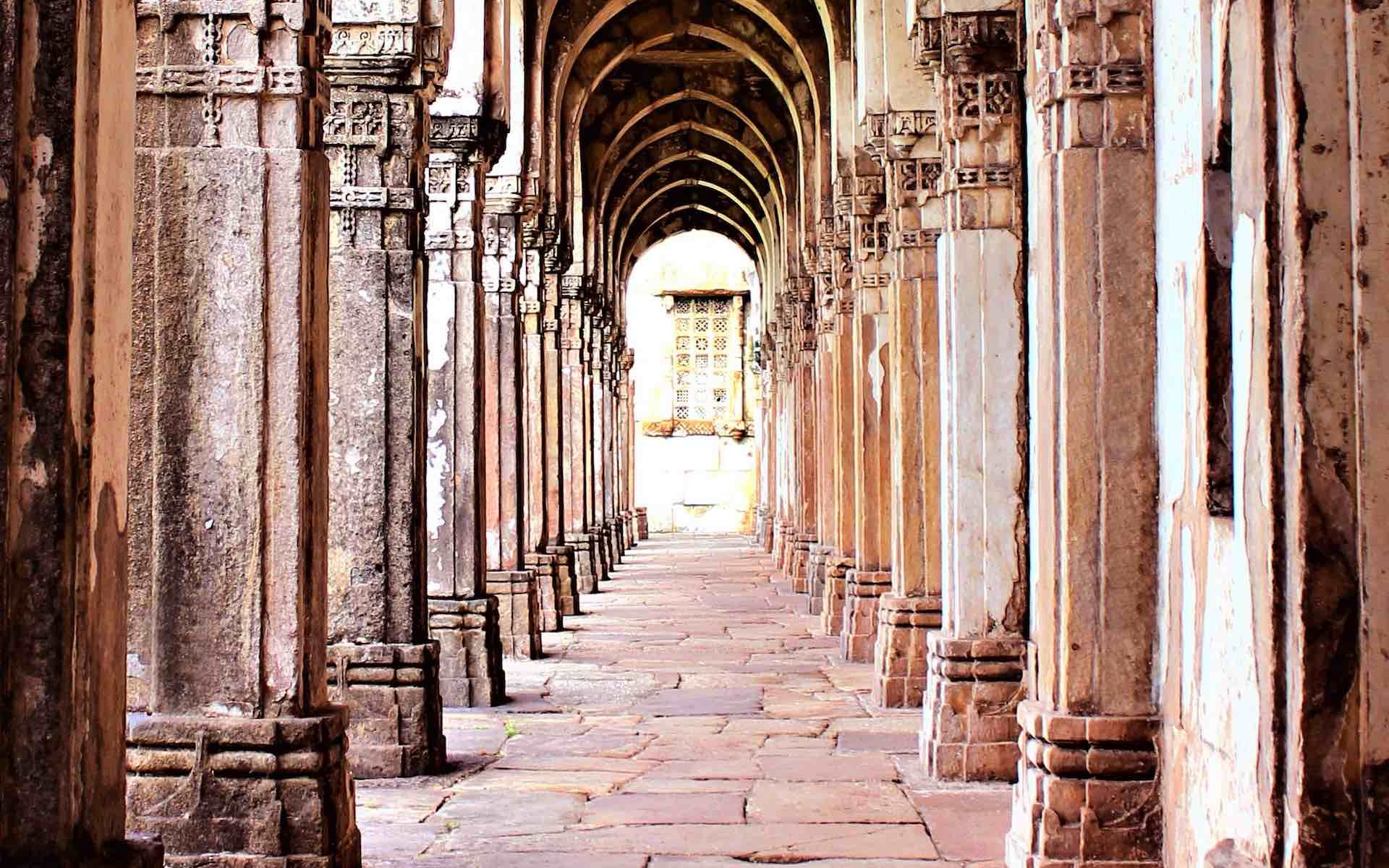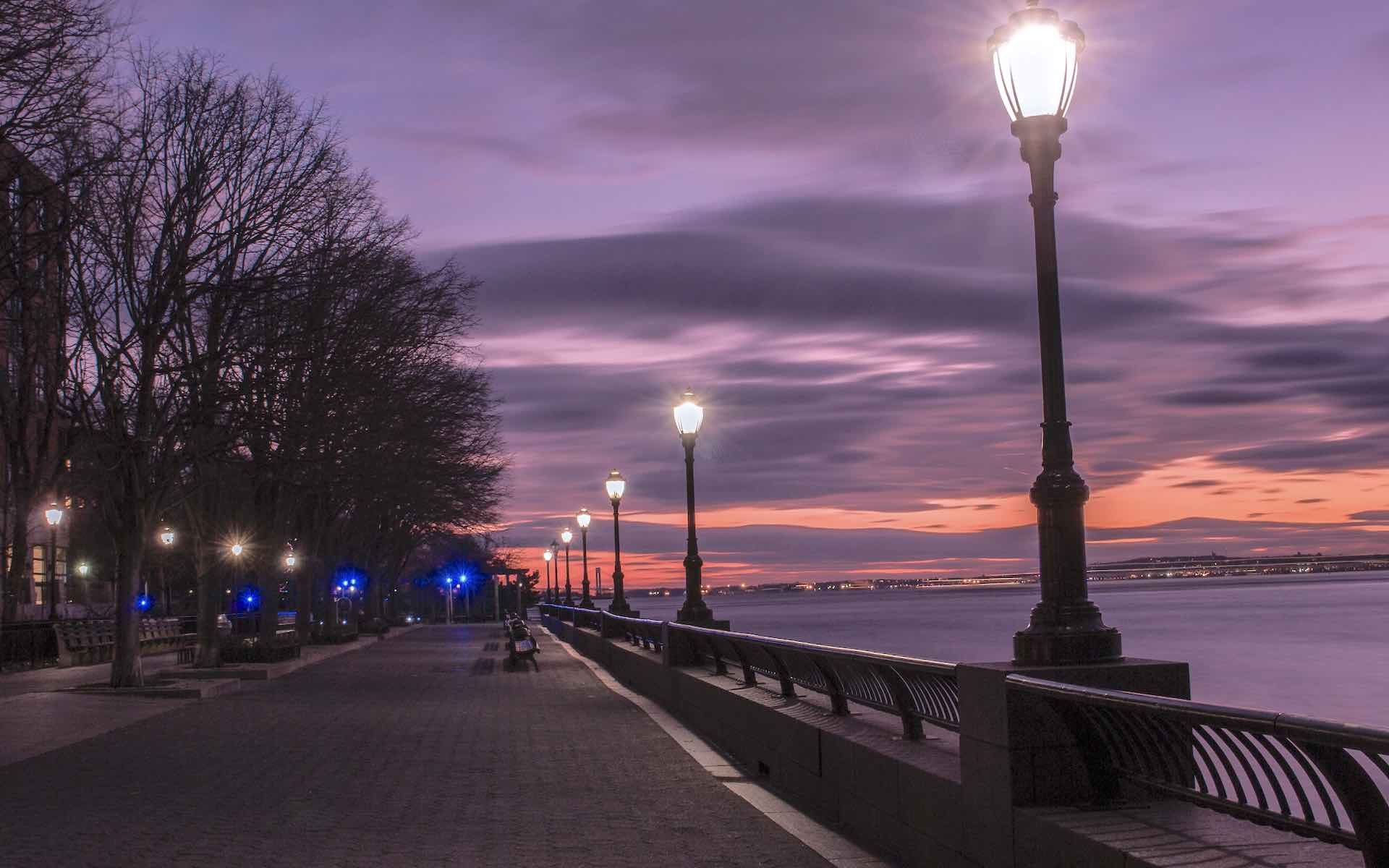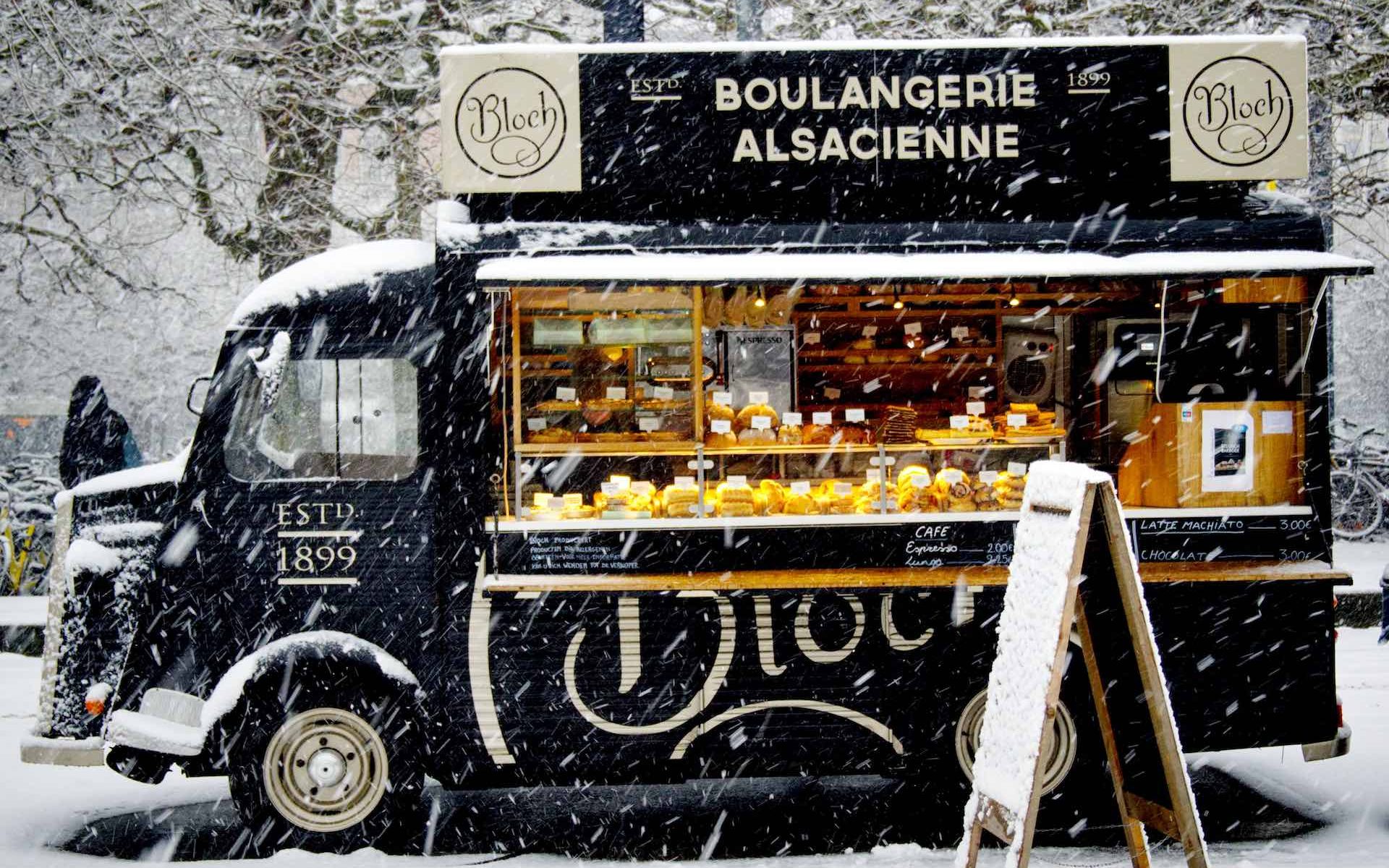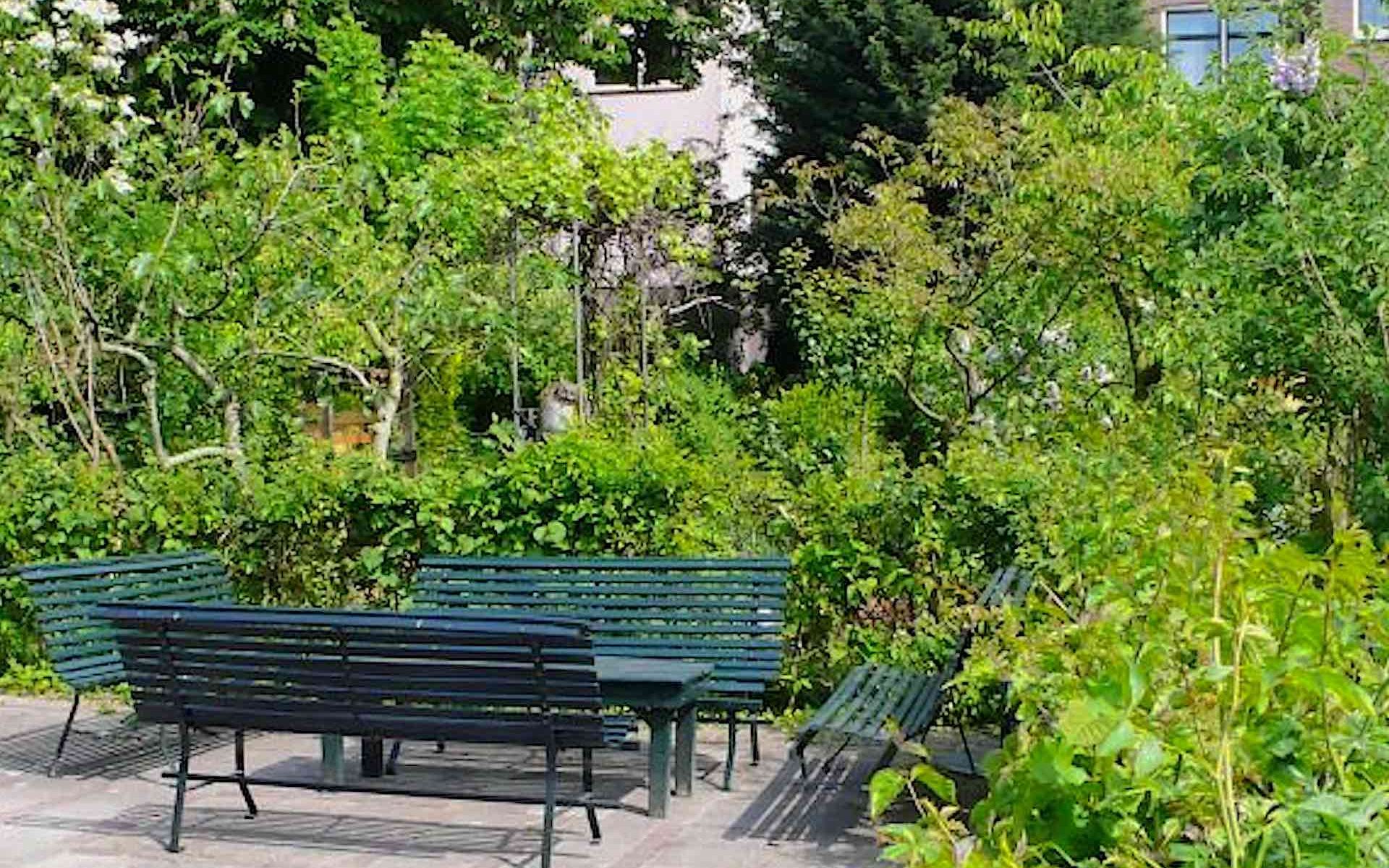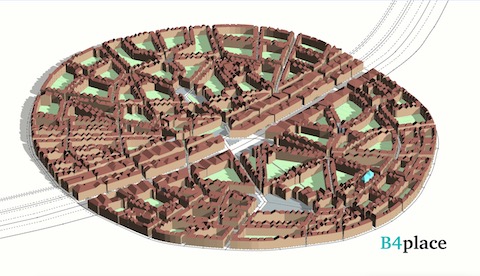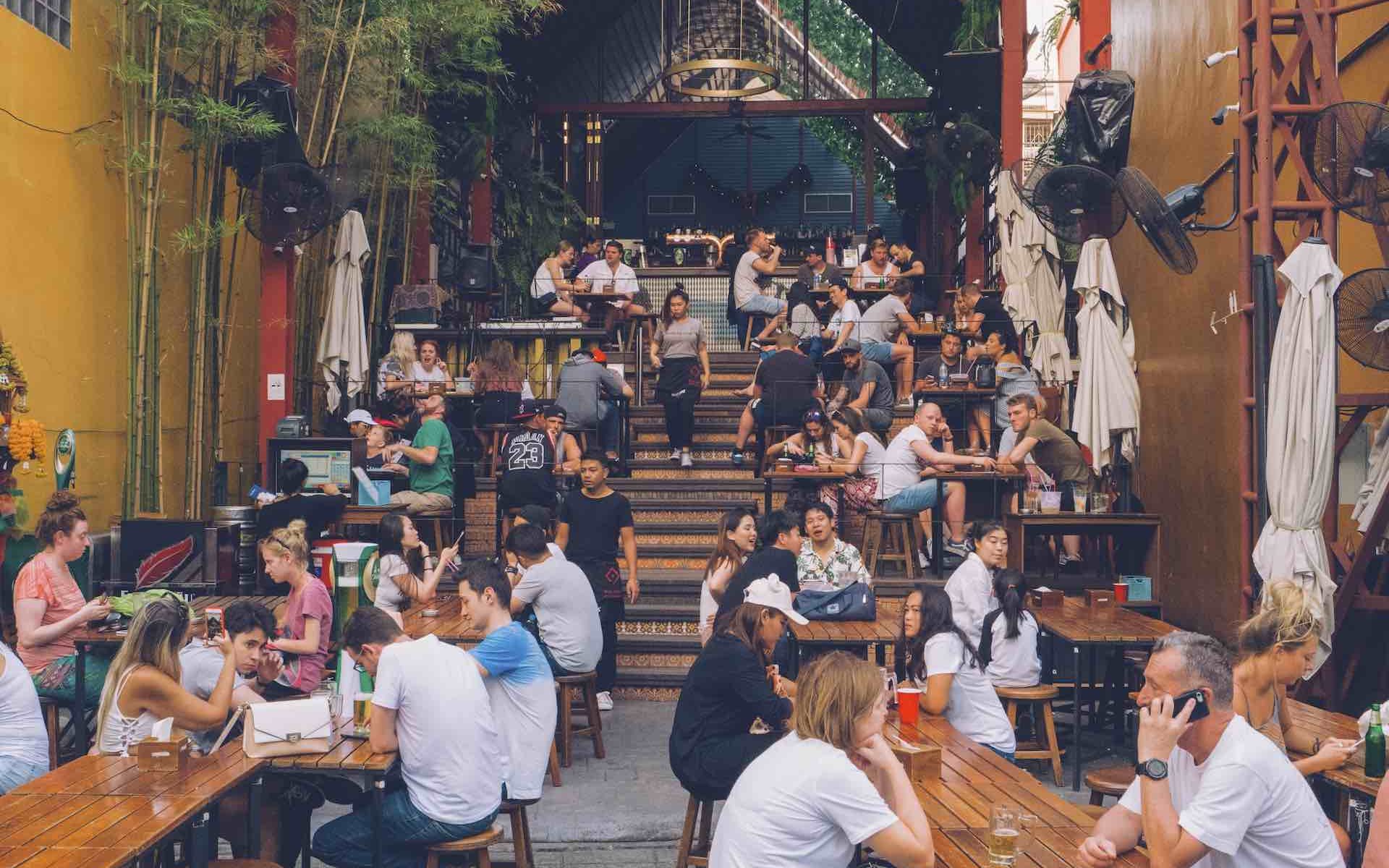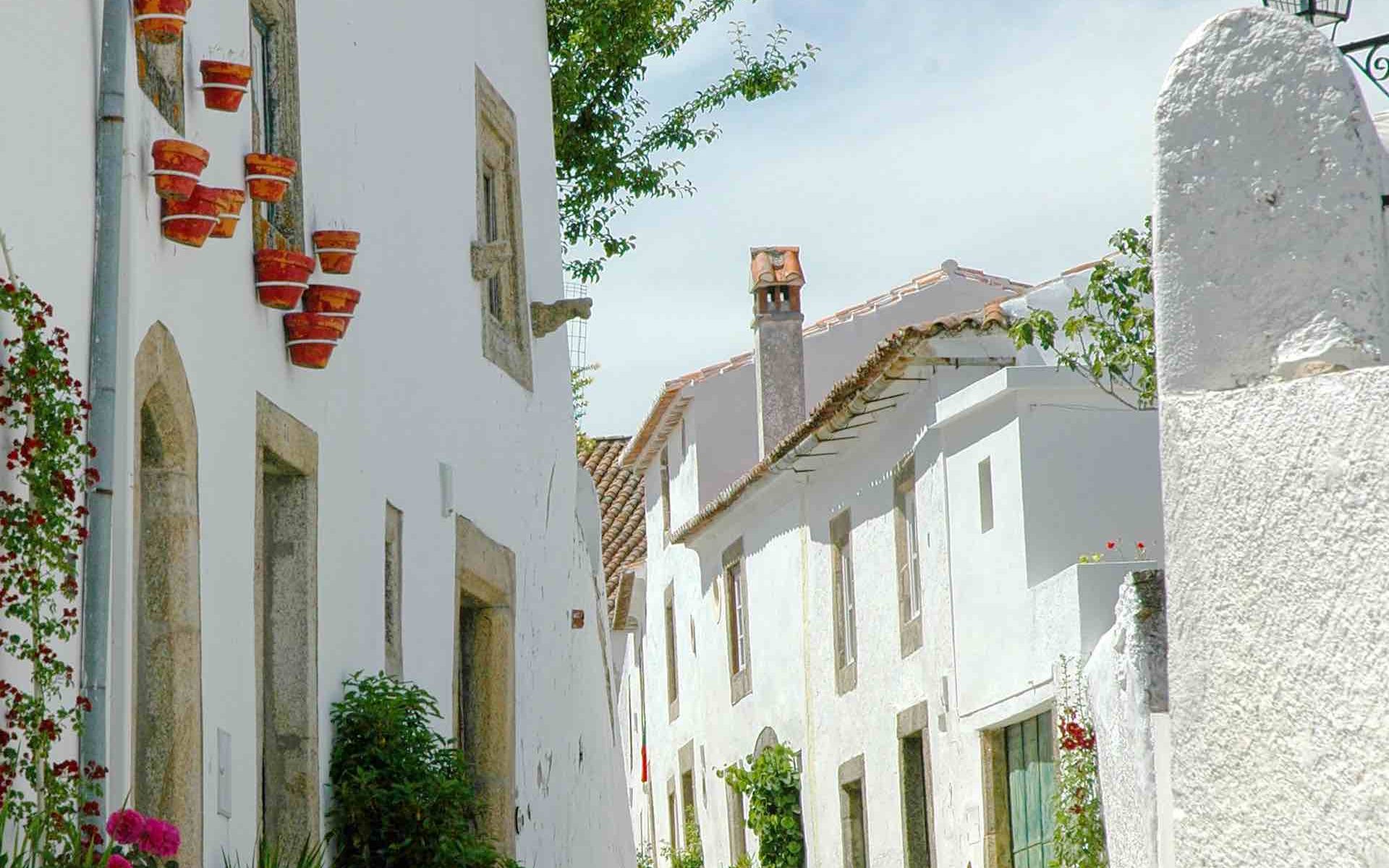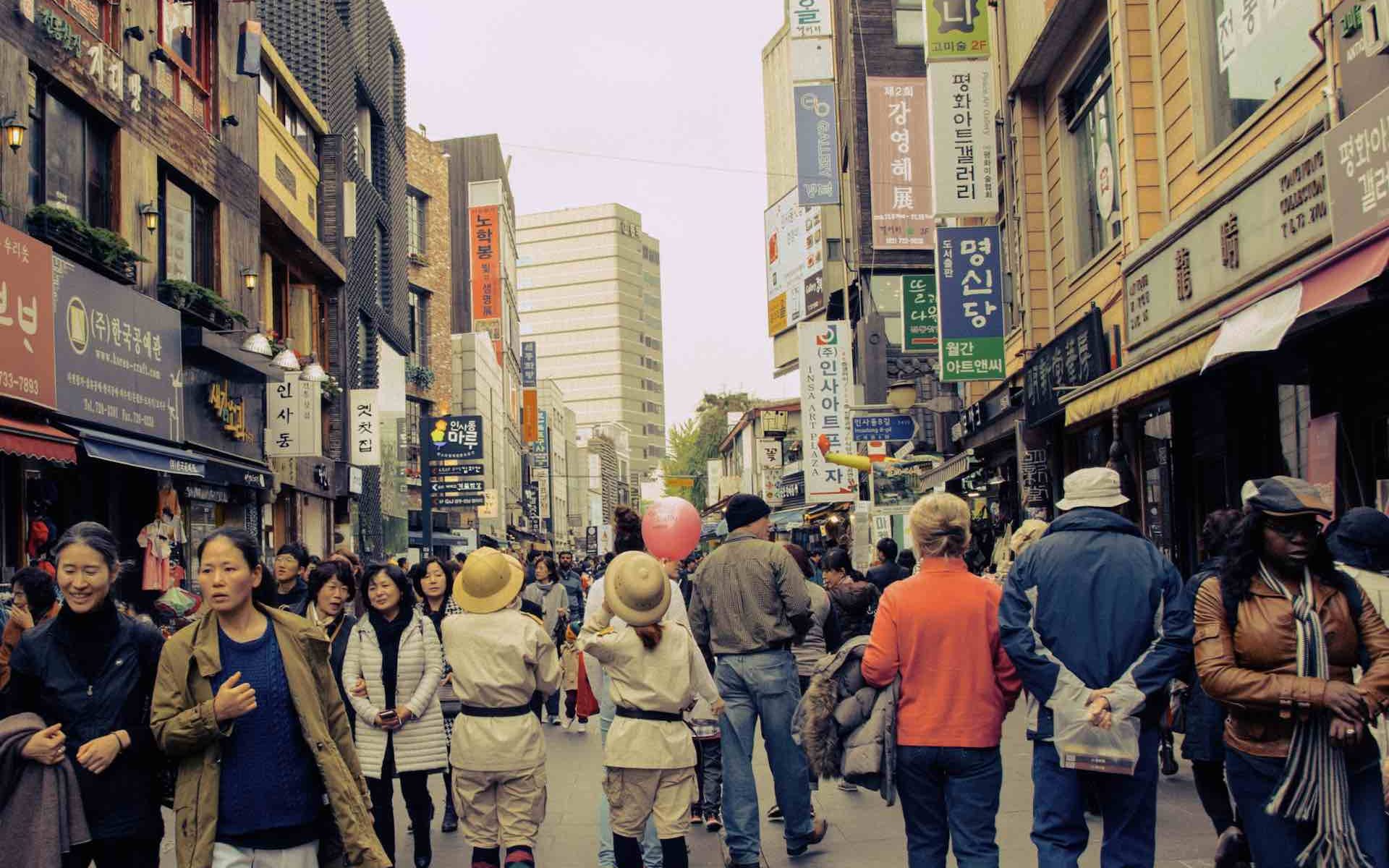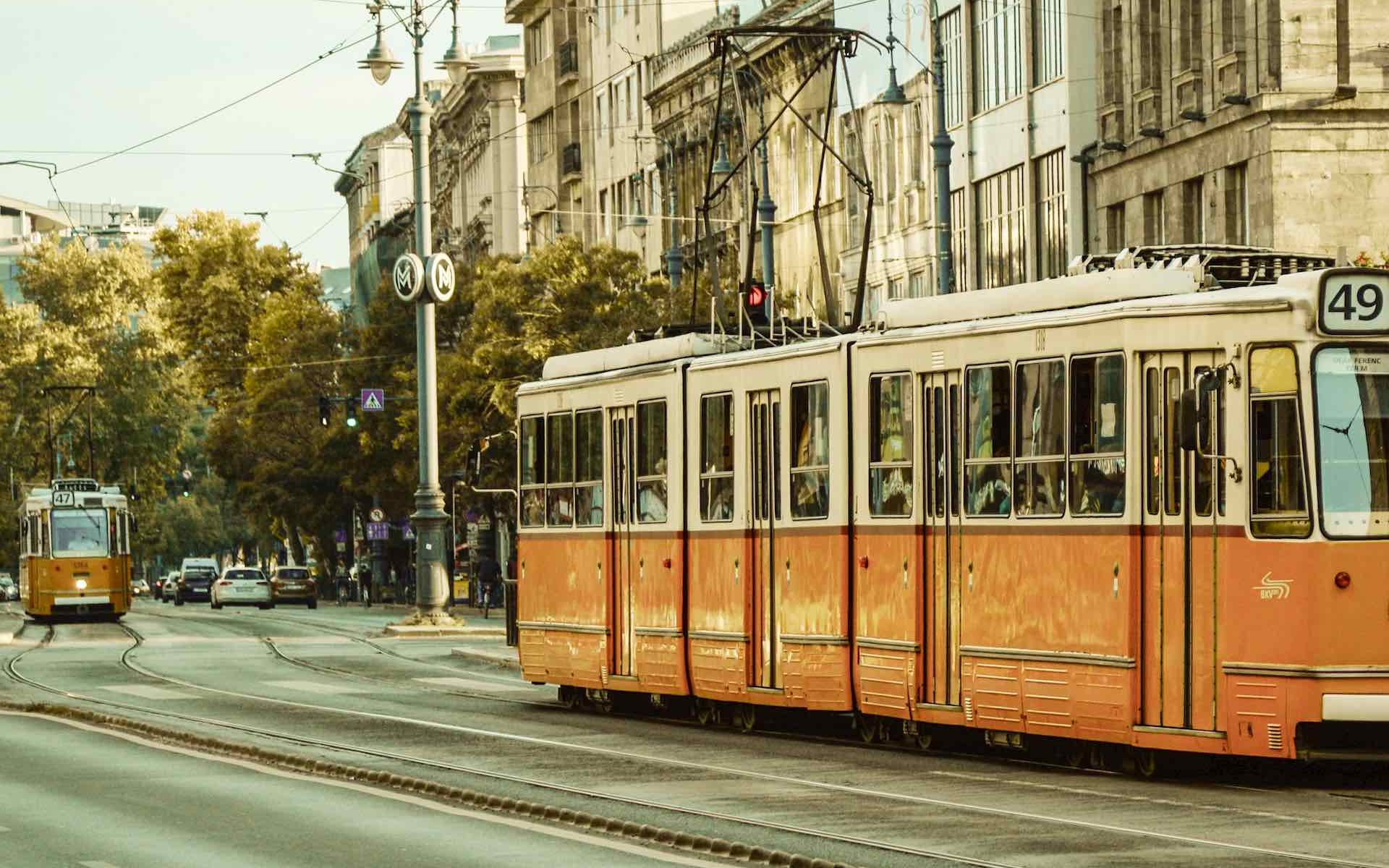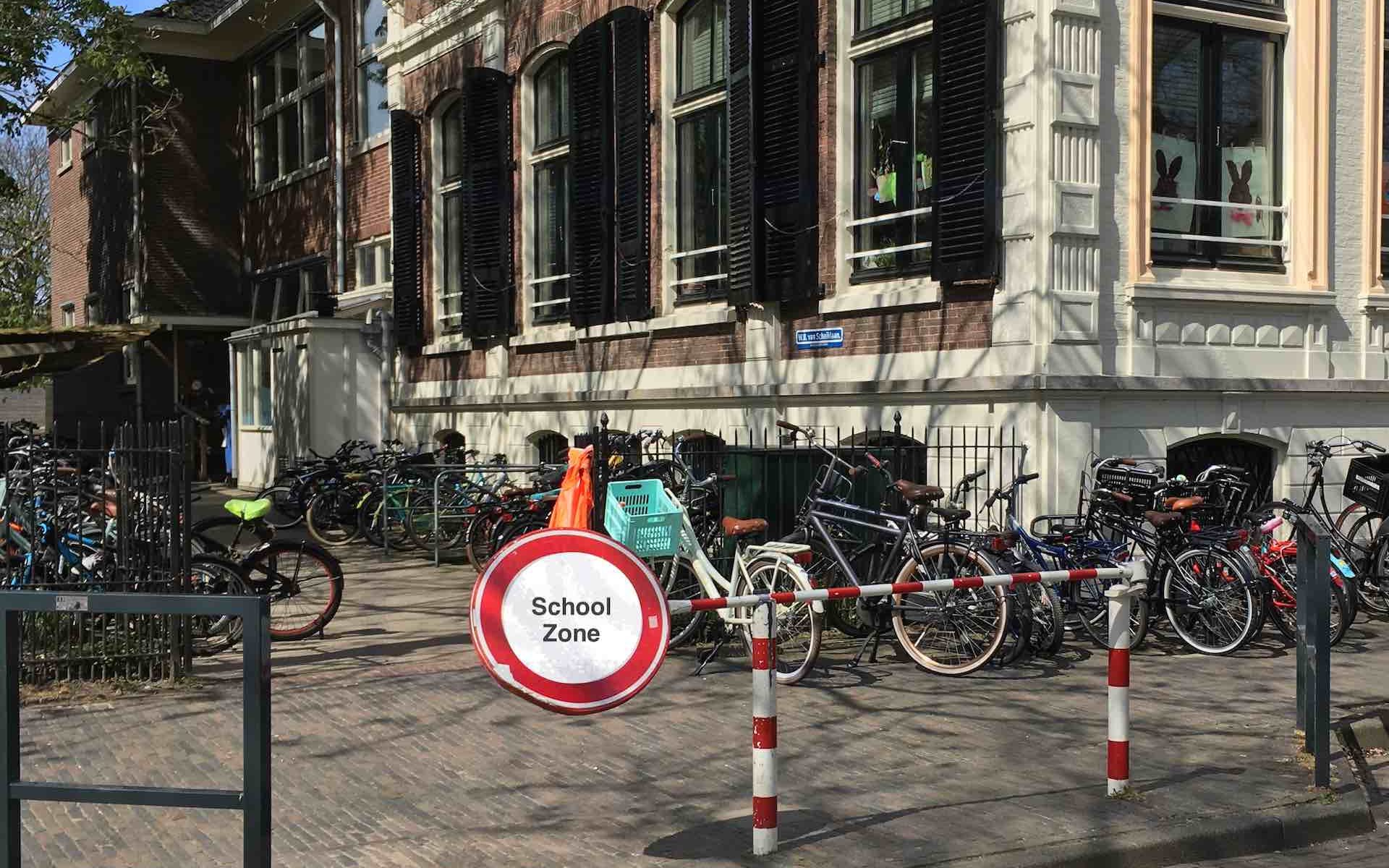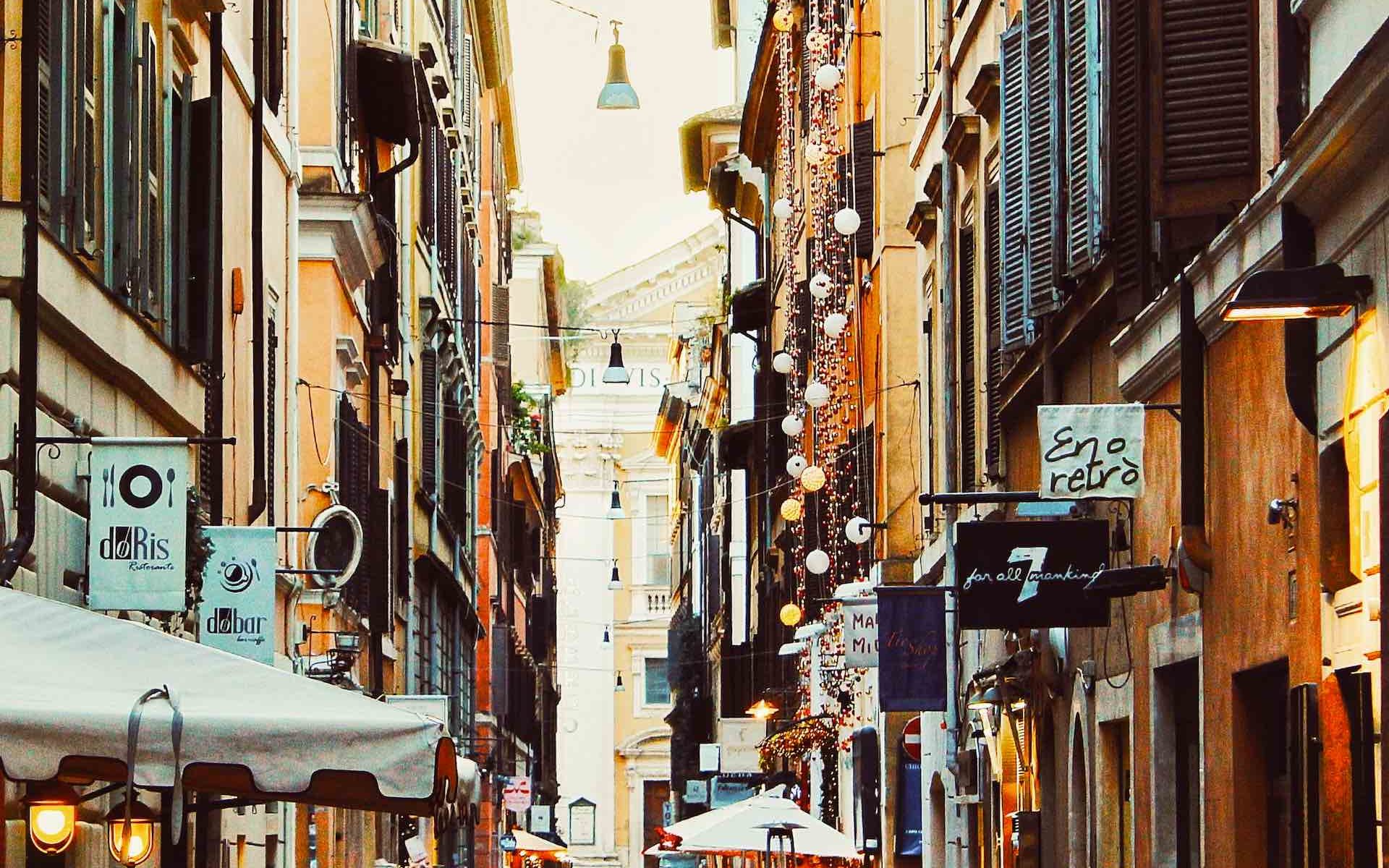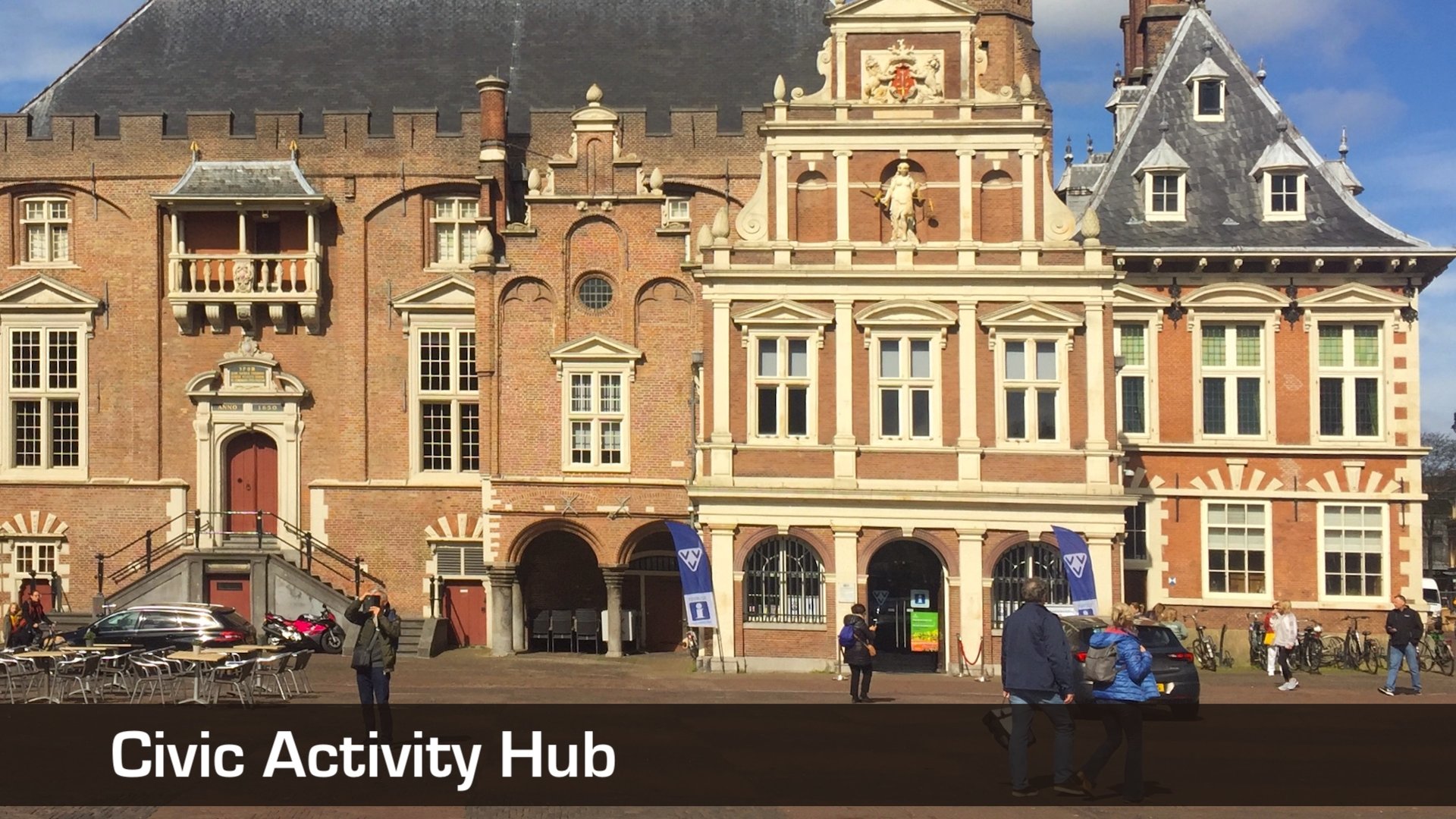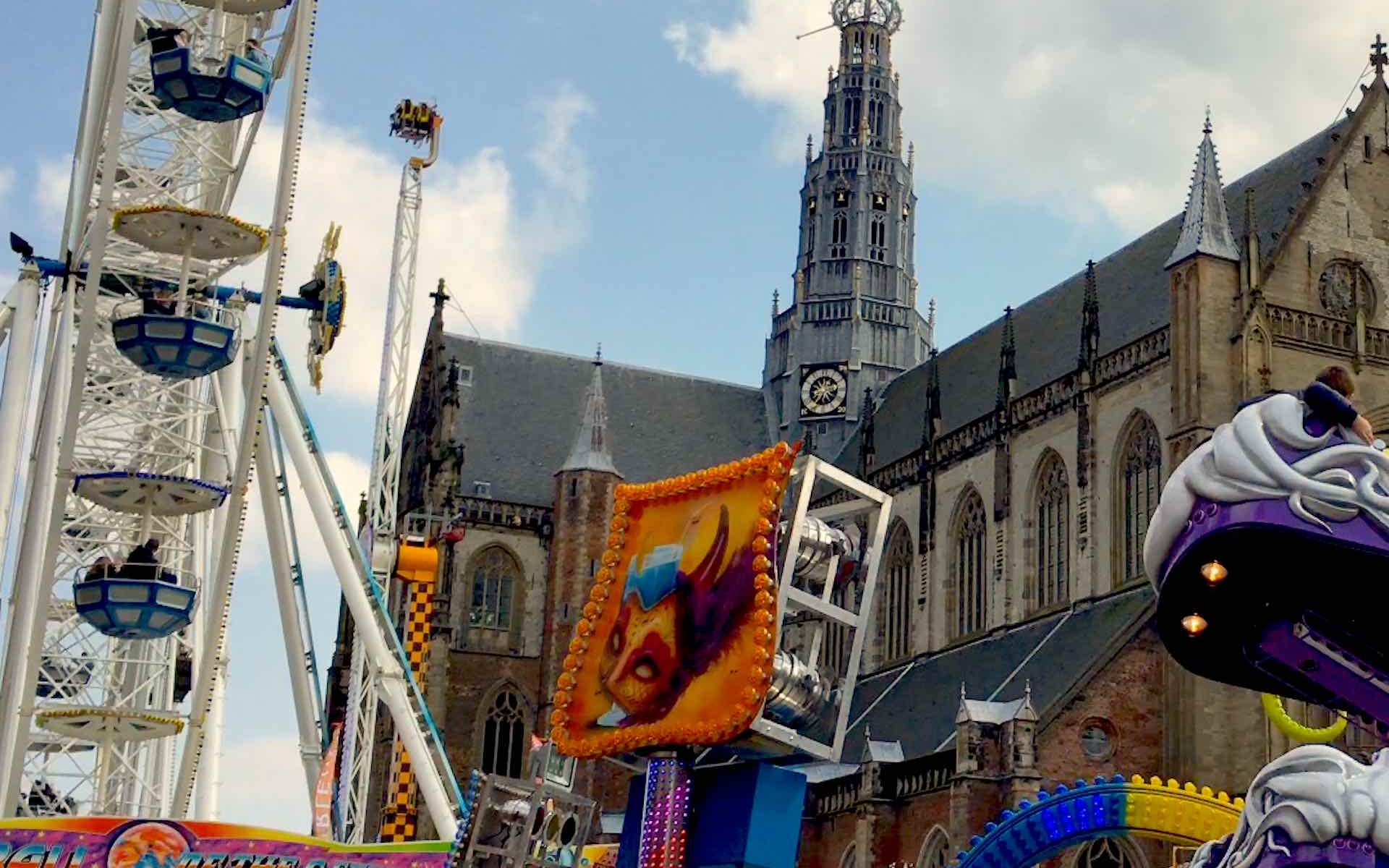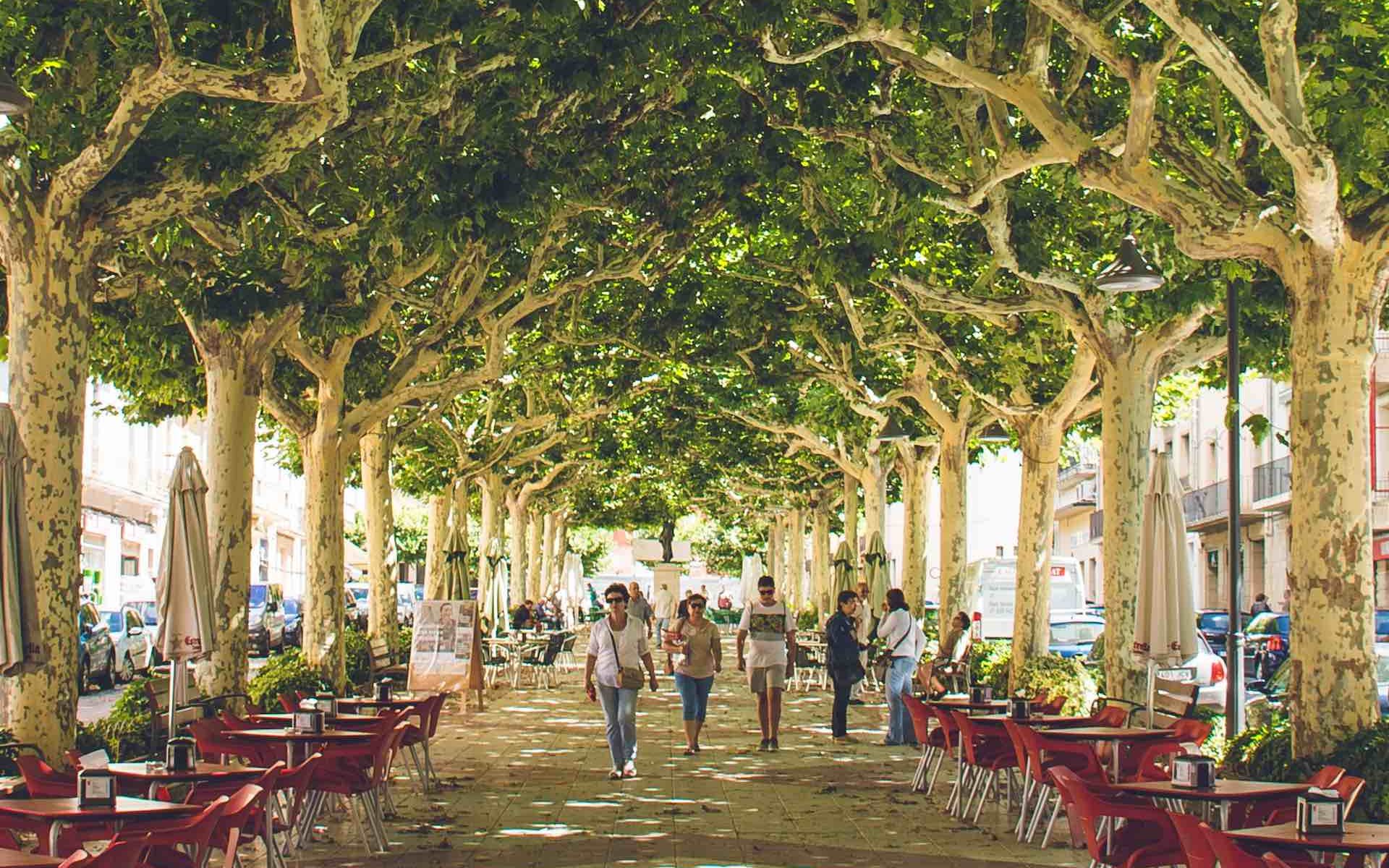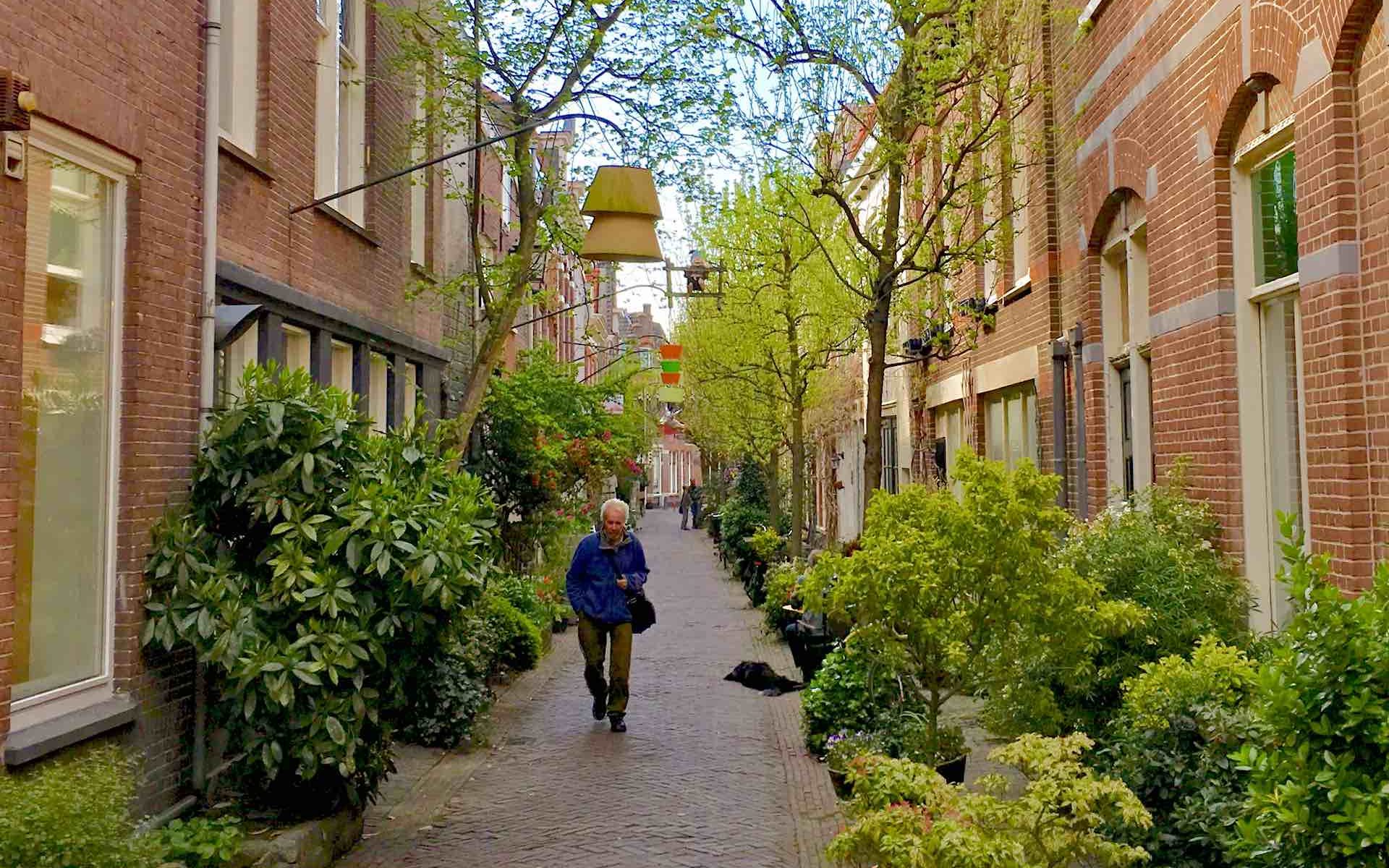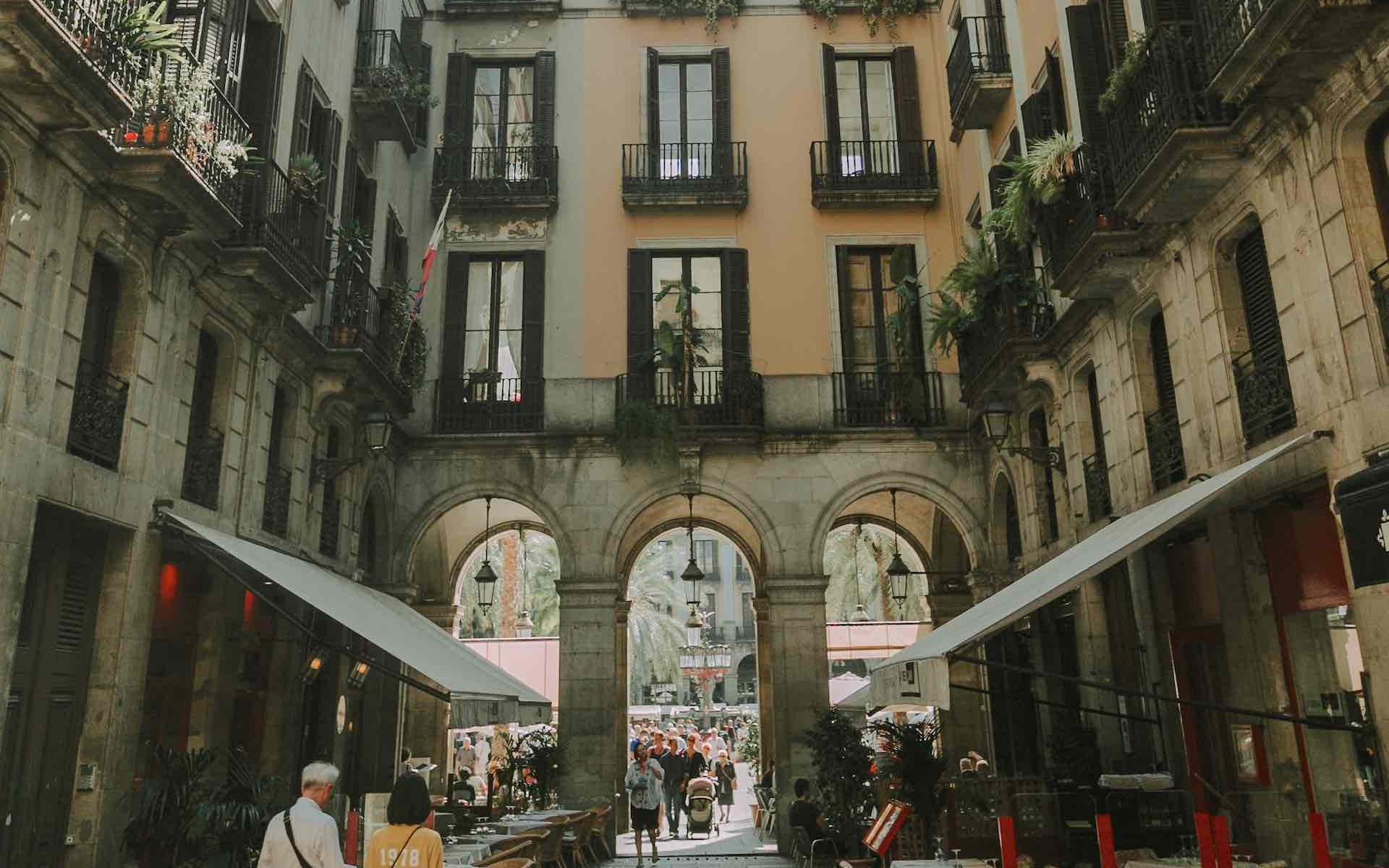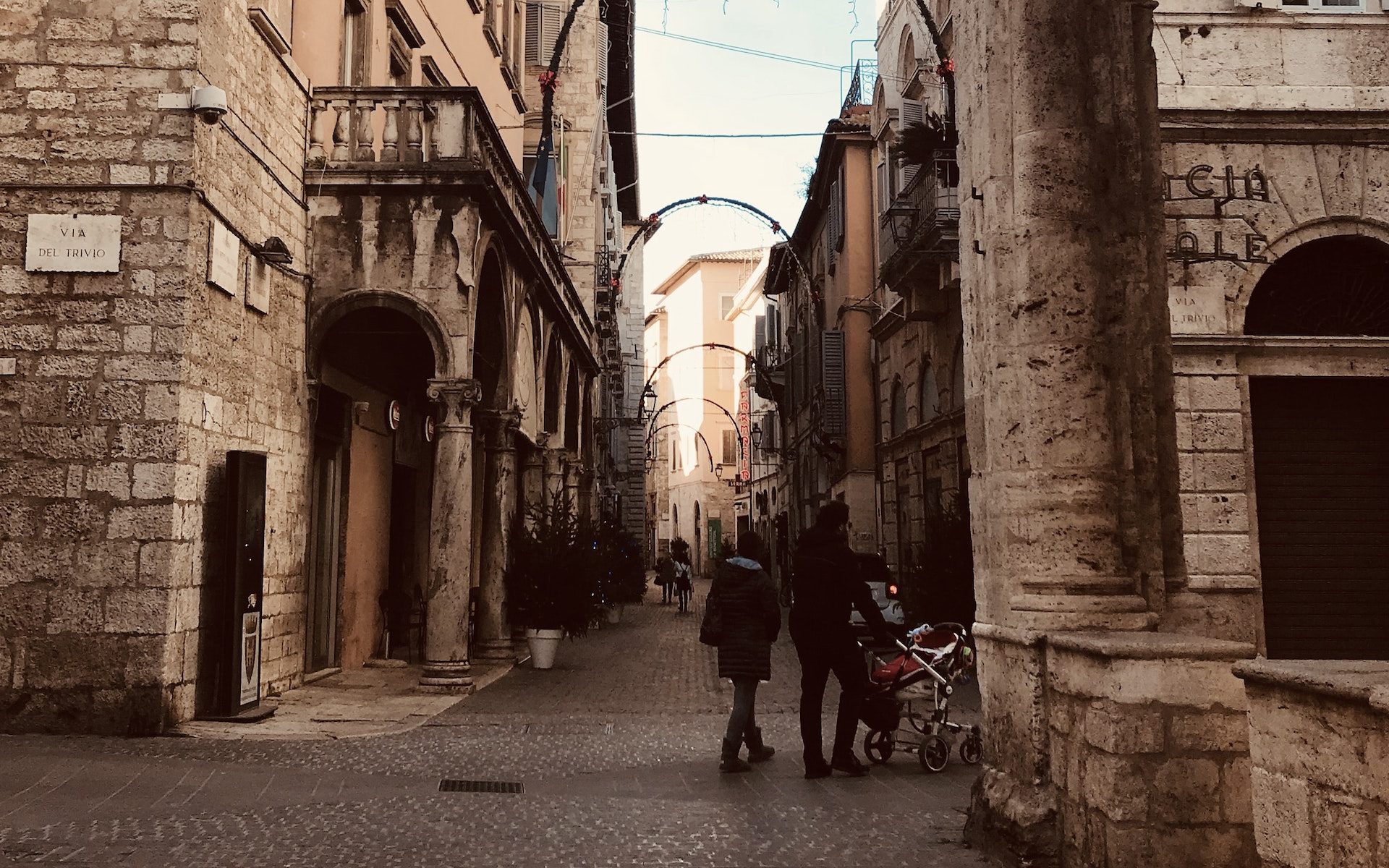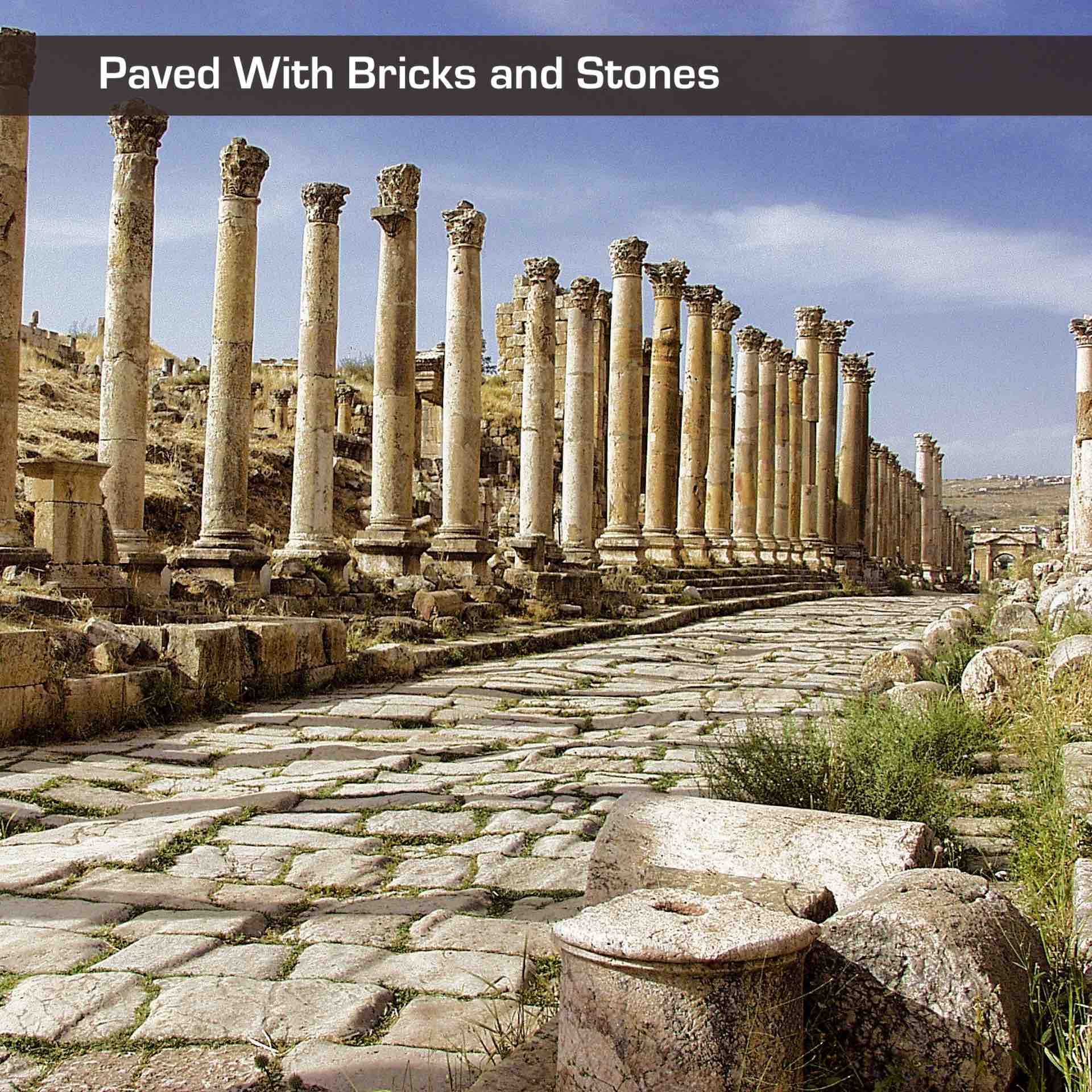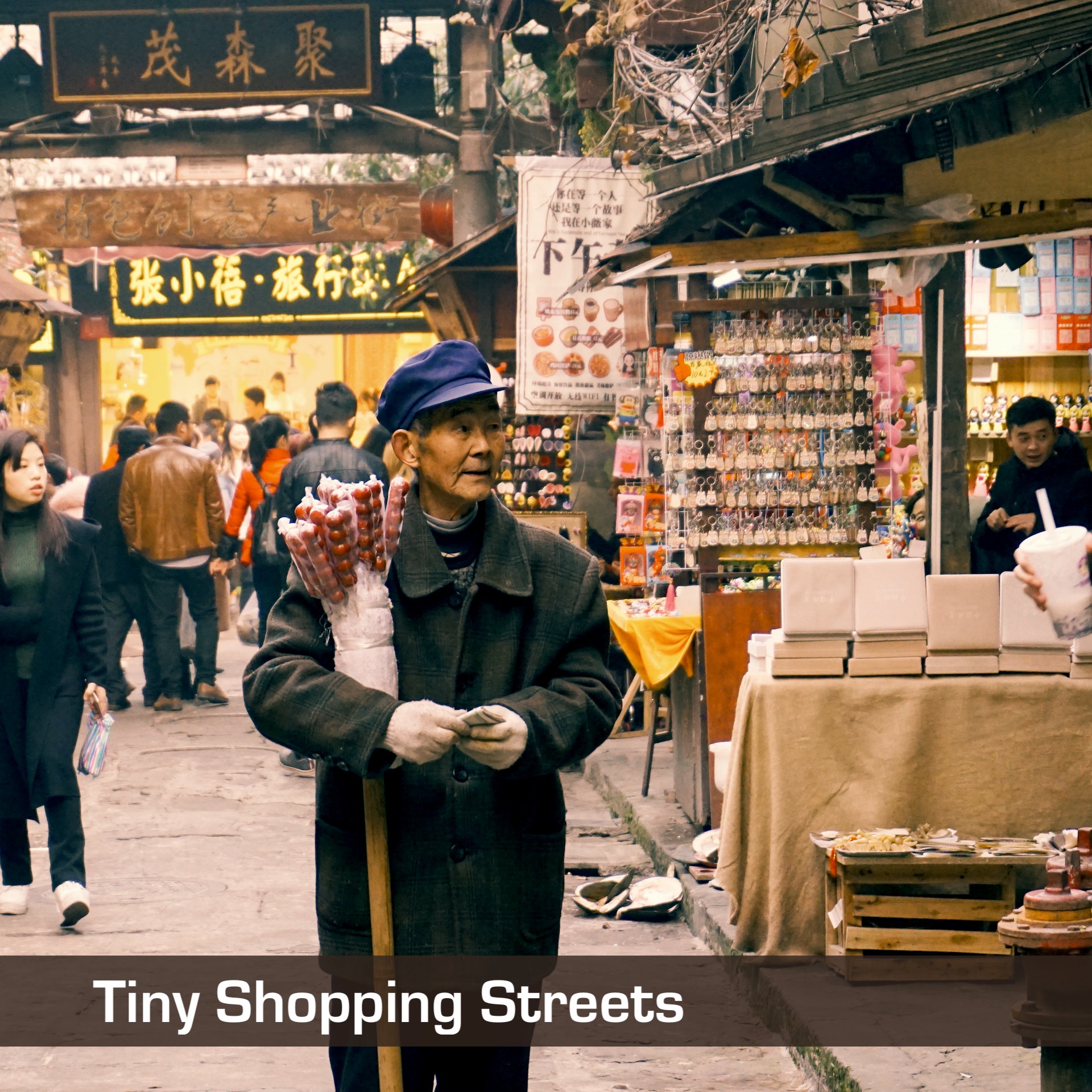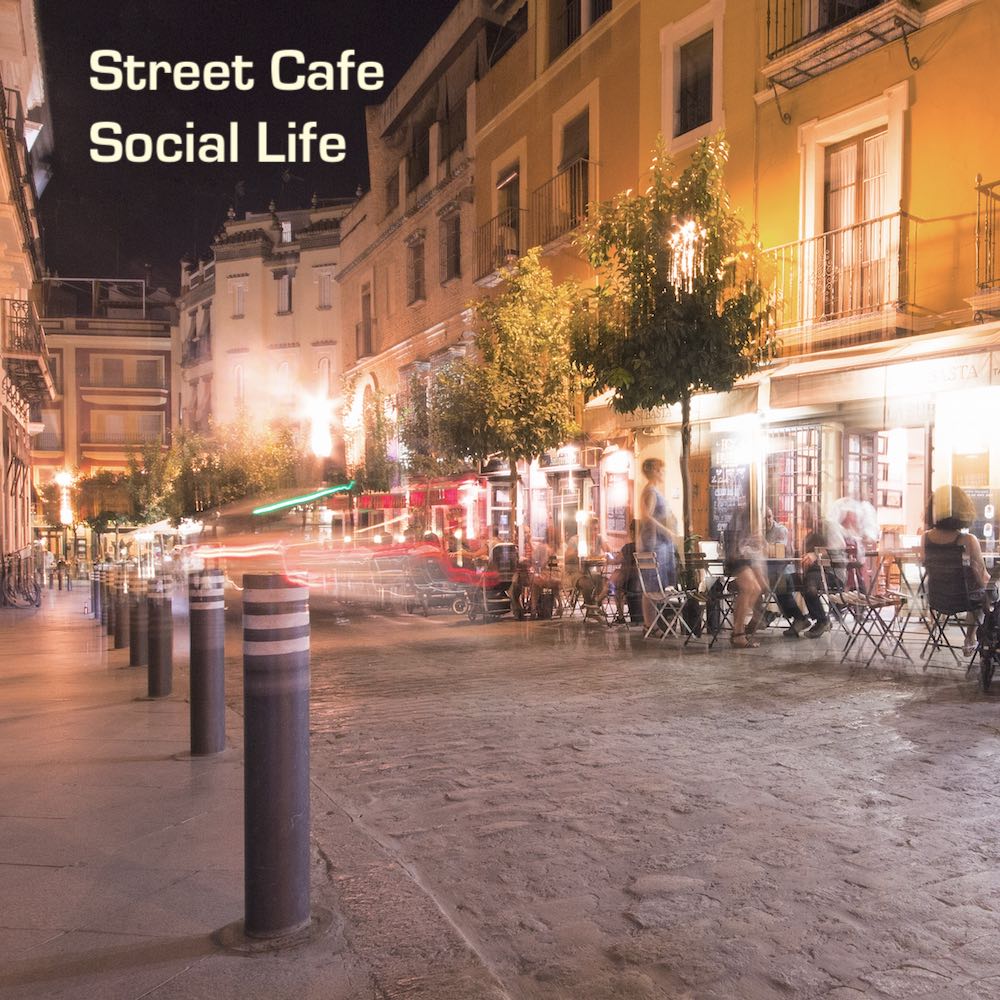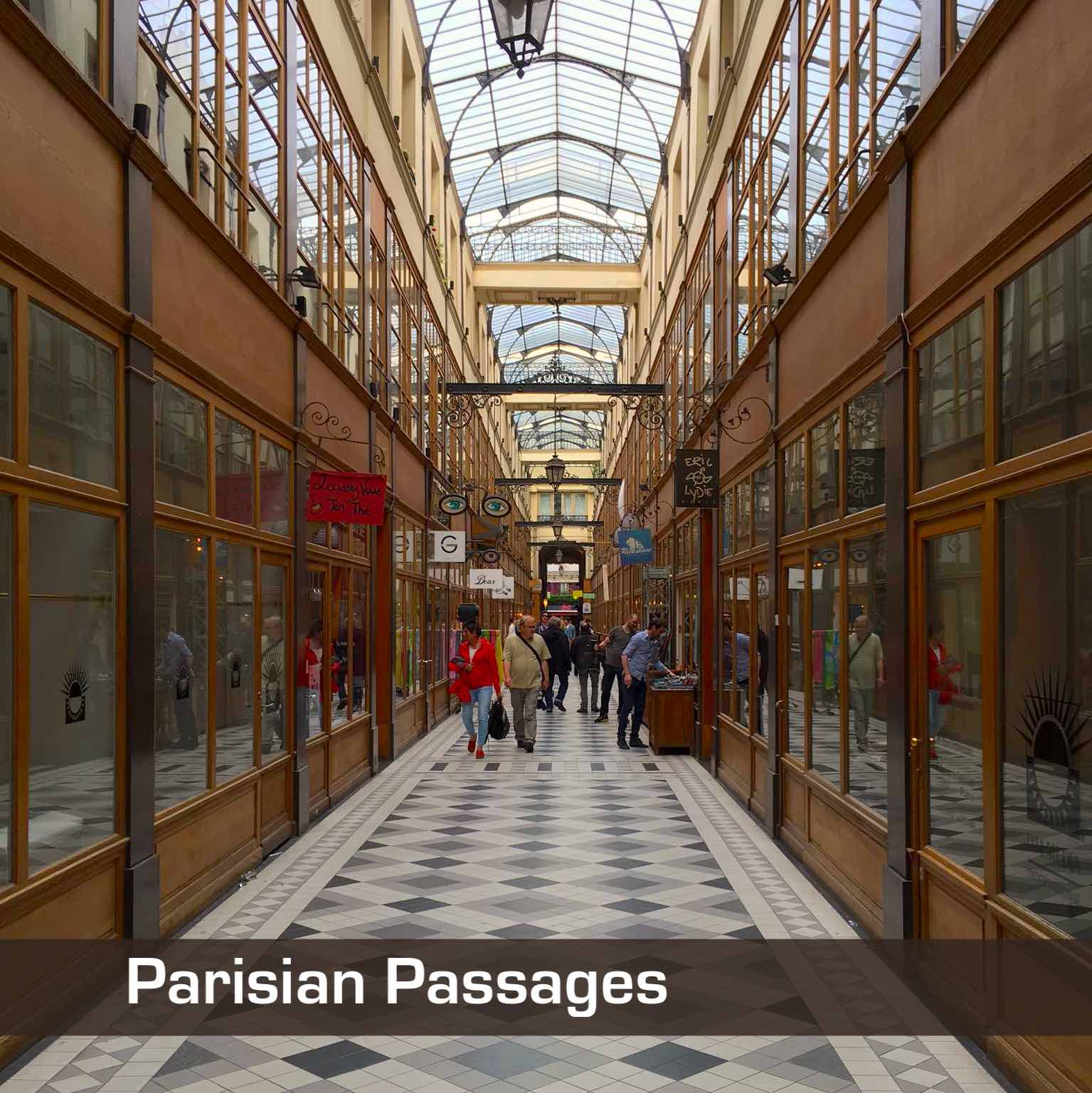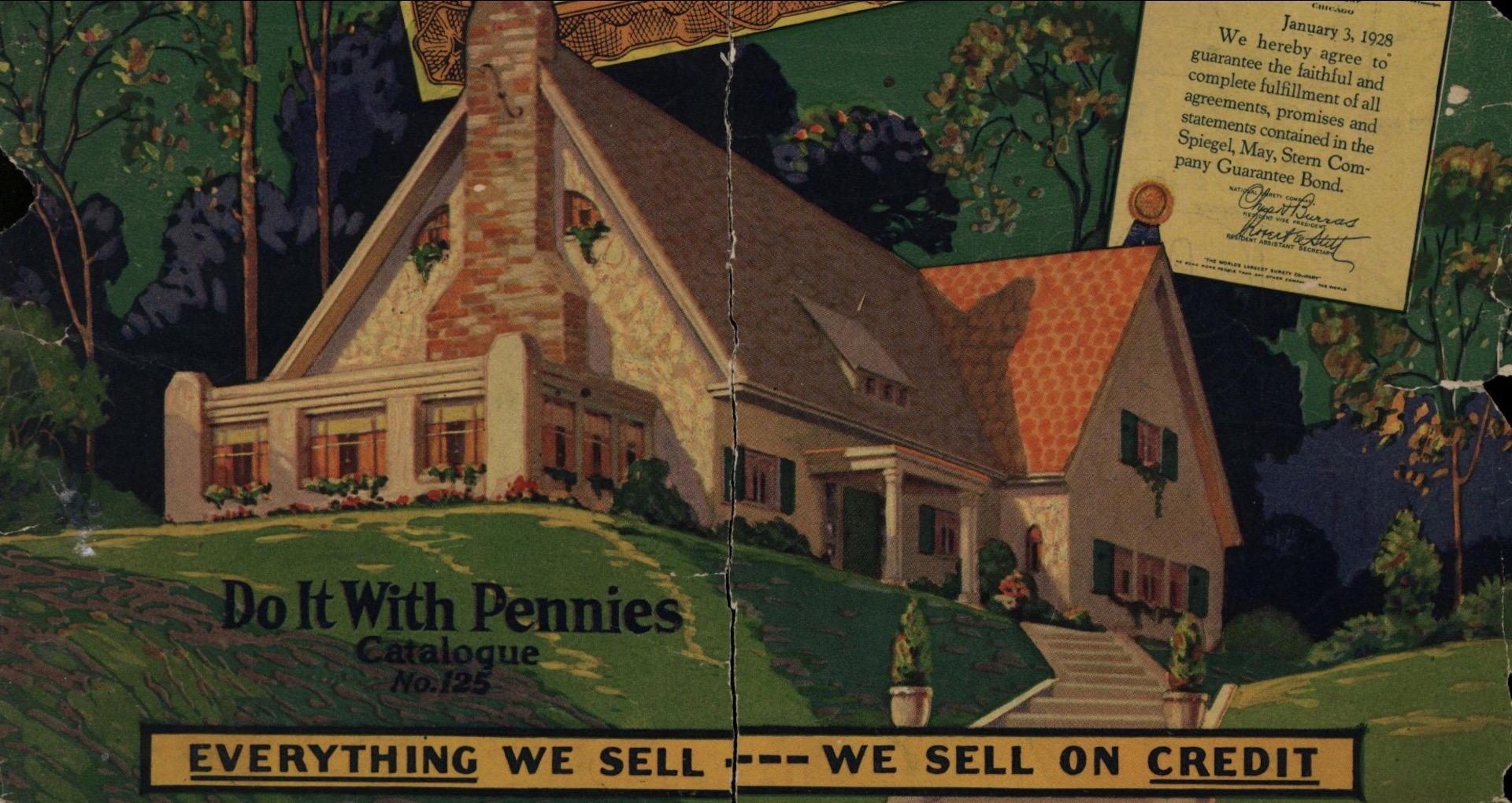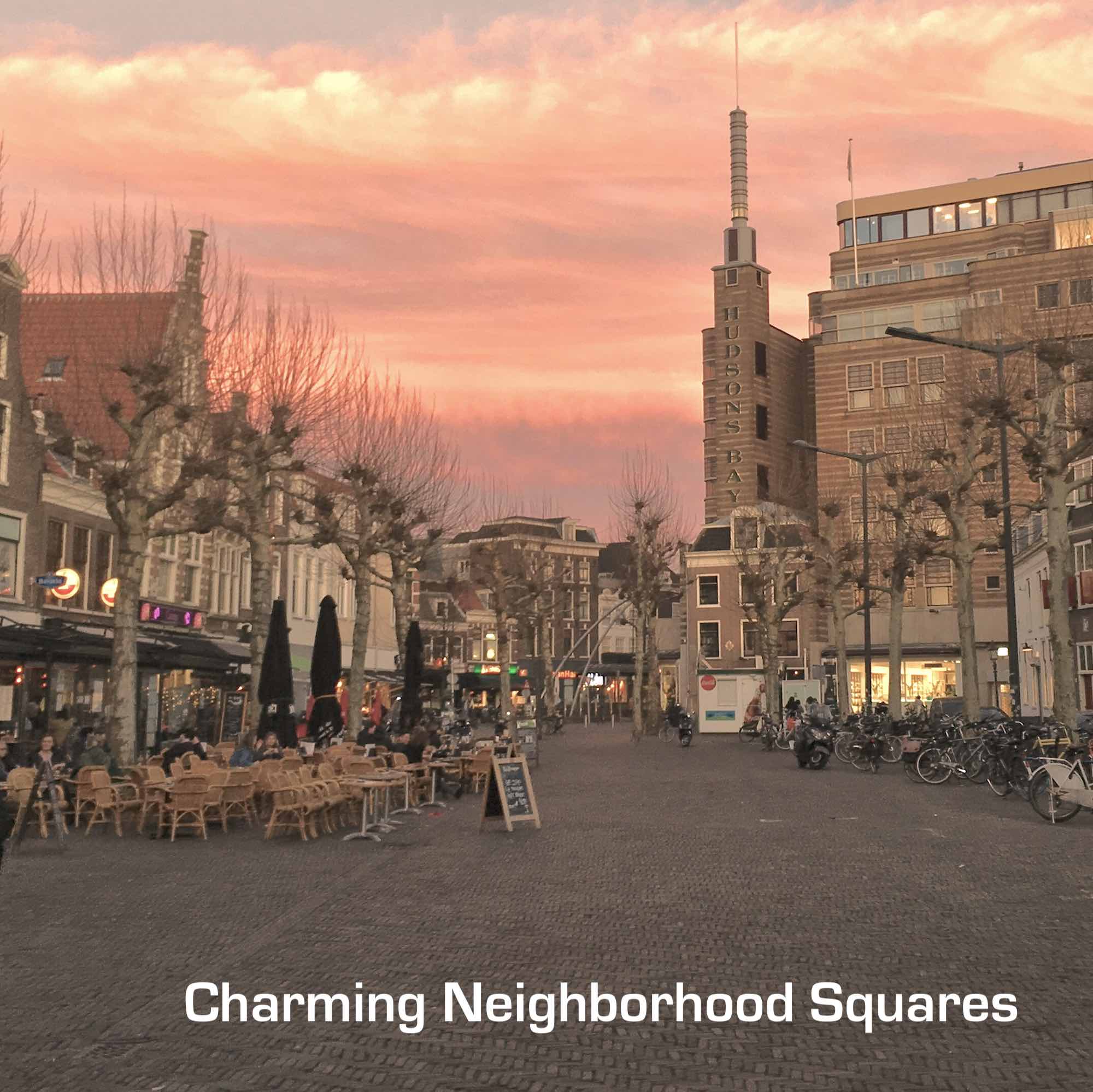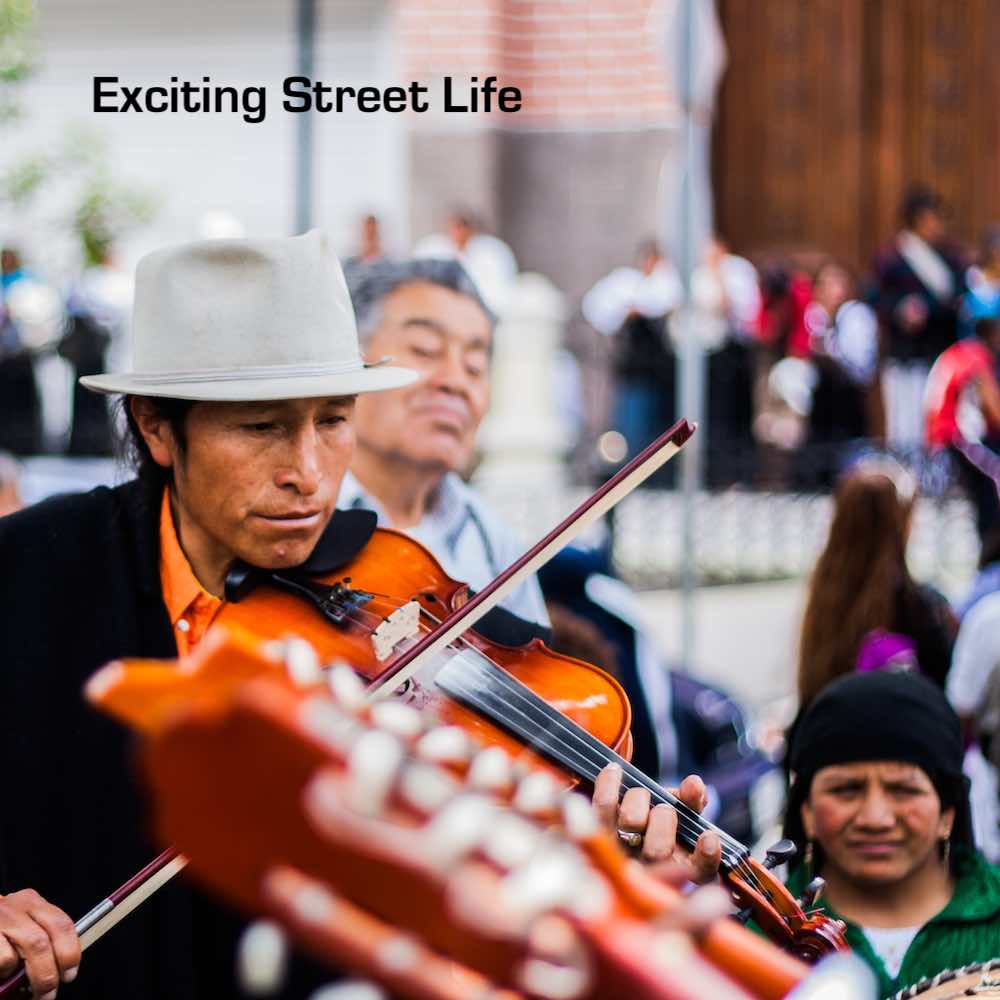Exterior arcades protect the entry to buildings, and when long enough become rhythmic urbane walkways.
Northern Town Style Guide 1
Inspiration and look-book for a concept we’re working on for a town in the U.S.
Northern Town Style Guide 2
Inspiration and look-book for a concept we’re working on for towns in the U.S.
Quiet Public Gardens
People need varying levels of solitude and remoteness when in nature. Isolated and wild parks are important, but it’s the well-attended, daily-use pocket gardens that make places complete.
Carfree Cities Reference District
Check out our preliminary model of J. Crawford’s ‘Carfree Cities’ Reference District in Issue 94 of his Carfree Times newsletter!
And then look for more about it in Issue 95, out this fall.
Public Dinner Parties
At long tables in pubs, in traditional food courts, or at local diners with affordable food, sharing meals makes a community strong. Rather than each household having to always cook a full meal by themselves, people can enjoy the company of their neighbors.
Directly Connected Communities
The villages and towns people love to visit around the world feature directly connected buildings. The aesthetic and community relationships that are only possible through such close proximity have also proven to be more economically and materially sustainable.
A Vision for Notre Dame
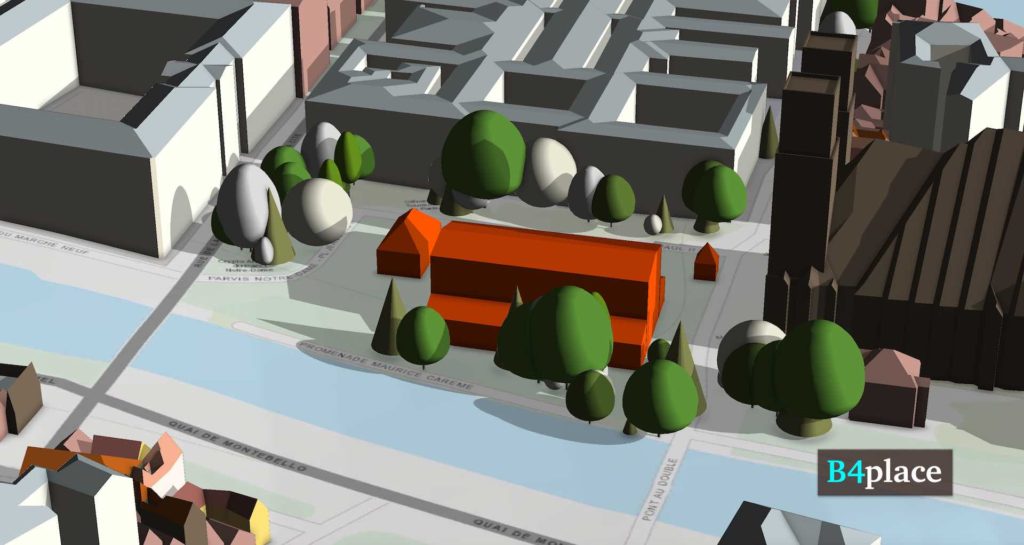
A trio of architects based in Atlanta, GA have outlined a beautiful vision for the restoration of Notre Dame.
Reinaldo Hernandez, Jacques Levet, and Rene Salas have proposed an elegant design that allows the public space around the cathedral to continue to serve the public during the 10+ years of the reconstruction process.
In their proposal, they advocate for:
- The Heart: A full restoration of the cathedral as it was before the fire.
- The Mind: An immediate place for people to continue contemplation and worship in a new ‘Ephemeral Cathedral’.
- The Hand: An area for the craftspeople involved in the rebuilding efforts to share their traditions with the public.
You can check out the details of proposal, along with their lovely images, here.
Here at B4place, we know that respect for historic architecture is the basis of an enduring public place. We were so inspired by the trio’s proposal that we created some quick 3D visualizations based on the plan. These renderings show their proposed temporary structures (indicated in orange for visibility) within the context of the existing square in front of Notre Dame.


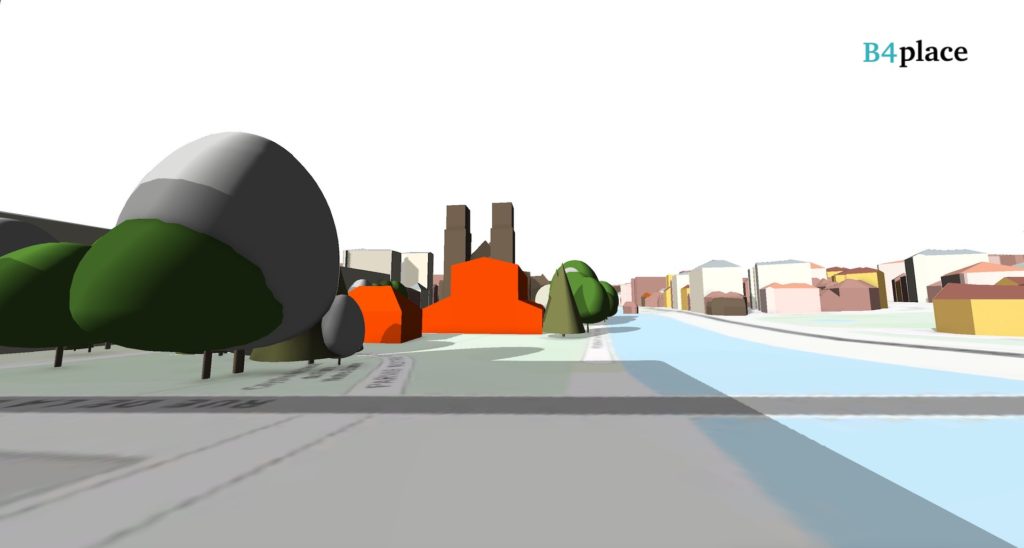
Feet Street Manifesto
Pedestrian-only streets have become some of the most valued places around. No matter where in the world, they provide a public space for incidental social interactions, along with economic simplicity and vitality.
Vehicle Oriented Streets
Enduring, enjoyable places restrict the wide, higher-speed streets to the outer borders–never through the heart of the town. These larger streets are also perfect for public transit like streetcars
Schools In The Middle of It All
Children thrive when they’re at the center of daily life. Schools work best when they’re an integral part of the community–even sharing public spaces such as city parks for daily recess.
Street-Life View
People love to gaze out the window to life happening below. Connected to the daily rhythm of the street, with serendipitous hellos between neighbors, acquaintances, and passersby.
Civic Activity Hub
Every place needs its own local town hall to be the transparent nucleus of governance. Located at the community’s heart, it’s at the center of public activity and gatherings.
Town Center Carnivals
Street carnivals fulfill a primal desire to explore a bit of the novel and exciting. People need carefree entertainment that takes them beyond the banal for awhile. Public squares and promenades can become temporary fantasy zones.
A Place to Stroll
Promenades lined with cafes, shops, and bars are common especially in fair-weathered parts of the world. Under the mid-day shade of an alley of trees or the deepening evening sky, people intuitively love to casually stroll amongst family, friends, and neighbors.
Informal Urban Landscaping
Compact places can have a lot of space devoted to foliage and flowers. Arranged by residents ad-hoc in pots or gaps in the brick paving, next to their entrances and street-side windows.
Random Residential Opportunities
Communities with housing built into all parts of the urban fabric are more convenient and lively–with homes easily mixing within areas of commerce, institutions, and industry.
Urban Wandering Network
Old local streets feel like series of spaces to stay and be instead of just speeding through. They bulge in areas, twist a bit, have places to loiter, and offer mysteries to explore that you can just barely see around the bend.
Paved With Bricks and Stones
While in-character in the ruins of antiquity, cobbled paving provides benefits in modern times, too. Water drips through the cracks, and repairs are effortless due to the reusability of the stones and bricks.
Tiny Shopping Streets
Pedestrian-scale shopping streets are the oldest, most tried-and-true form of retail design. The concentration of customers looking for various things, or even people just out for a walk, makes for an exciting public place.
Street Cafe Social Life
Street cafes provide a place to relax, see and be seen, and watch the world go by. You can feel safe to sit and read by yourself or talk to friends old and new. They present an opportunity for spontaneity and are the glue of any community.
Parisian Passages
There’s a special magic inside enclosed public passageways. They invite you to slow down, amble, and ponder fancy visions. These spaces seem to activate a primeval sense of comfort imprinted on us since antiquity.
Building Technology Heritage Library Adds 10,000th Item to Free Archive
Welcome to your next rabbit hole!
The Building Technology Heritage Library, a project of the Association for Preservation Technology, is a fascinating and informative collection of American and Canadian historical architectural trade catalogs, house plan books and technical building guides. Recently, the association added the 10,000th document to the free online repository hosted on archive.org.
Sourced from various library, museum, and private collections, these vintage gems give a window into the thinking and styling around building and construction over the years.
While the publishing dates range from the late 18th century to the early 2000’s, the majority of the titles are from the early-to-mid 20th century.
The Path to Suburbia
Browsing the titles from these eras, you can see suburbia taking form, with lots of plans and catalogues related to the new ideals for single-family home living rather than dense cities, towns, or villages.
But even still, there’s an old-school durability trying to hang on for awhile through the years, with many books about using materials like structural masonry and brick. However, as the publication dates move closer to the 1950’s, the industry-wide pivot to disposable construction and development becomes evident.
Continue reading “Building Technology Heritage Library Adds 10,000th Item to Free Archive”
Charming Neighborhood Squares
Public squares are perfect for gatherings, celebrations, meeting friends, and just hanging out. Smaller ones, situated throughout the community, are well-used and loved because people naturally feel comfortable there.
Exciting Street Life
Well-loved streets and plazas take on the characteristics of large outdoor rooms. The ambiance and features encourage spontaneity and fun, whether it’s musicians and dancing or kids playing casual games.
